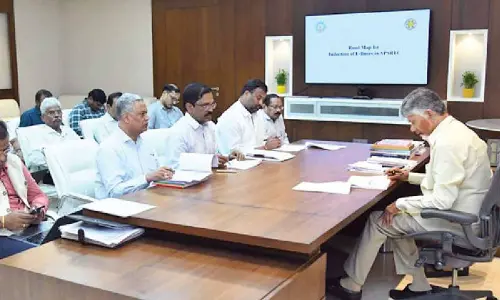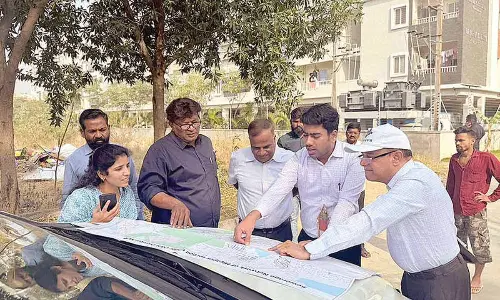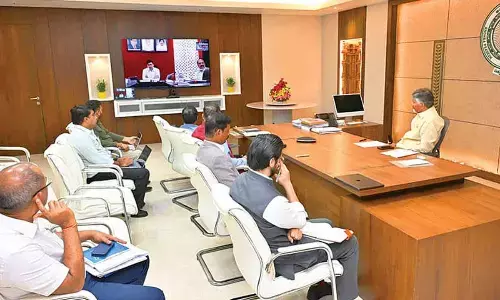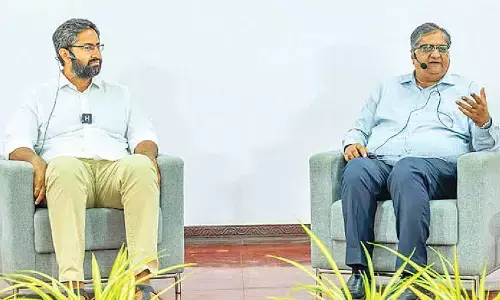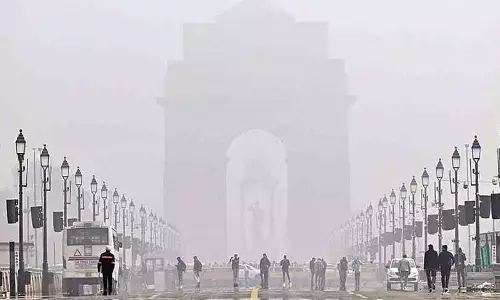Mastering your resume: The art of first impressions
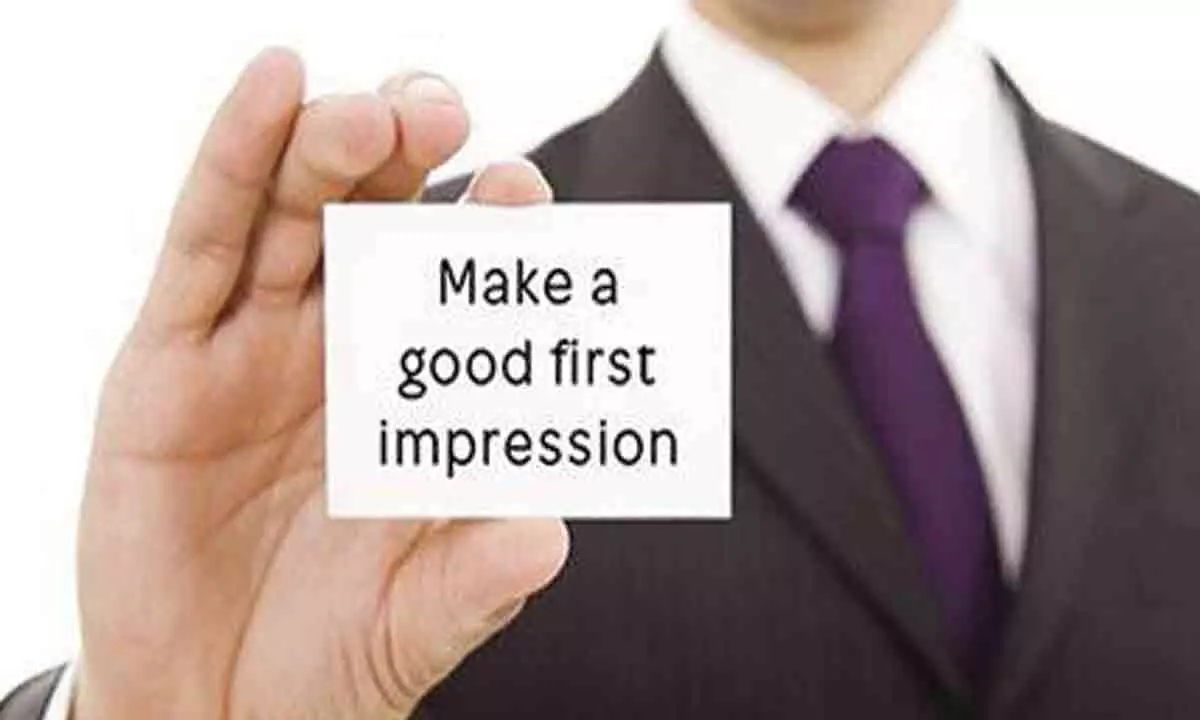
In today's competitive job market, a well-crafted resume is your first and often most crucial opportunity to make a lasting impression on a potential employer.
The best resume is one that gets an interview
In today's competitive job market, a well-crafted resume is your first and often most crucial opportunity to make a lasting impression on a potential employer. Your resume reflects your professional identity, your accomplishments, and your capabilities. It is your key to unlocking the door to your dream job. To achieve this, you must follow a meticulous process, making sure every element is polished to perfection. This article will guide you through the entire journey of resume creation, from the initial steps to the final submission, ensuring your resume stands out and increases your chances of securing an interview.
The process of writing a resume
Creating a resume is not a task to be rushed. The process should begin with careful planning and organization. Start by keeping a file or folder for your resume. In this file, you can collect all the necessary information, documents, and drafts related to your resume. This will help you maintain a clear and organized approach.
A critical aspect of resume creation is identifying your specific skills. Your skills are the foundation upon which your resume is built. Take a close look at your career and educational experiences. What skills have you developed that are relevant to the job you are seeking? These skills are what you will want to highlight in your resume.
Format, content, and layout
The format of your resume plays a pivotal role in grabbing the attention of prospective employers. There are two primary formats to choose from: chronological and functional.
1. Chronological Resume: This format is best suited for individuals with a solid and consistent work history. It lists your work experience in reverse chronological order, showcasing your career progression and growth.
2. Functional Resume: If you have gaps in your employment history, are changing careers, or have diverse skills and experiences to highlight, a functional resume may be more appropriate. It focuses on your skills and qualifications, grouping them by relevance rather than by job history.
The content of your resume should be tailored to the job you are applying for. Each section should reflect your skills and experiences as they relate to the position. Here are the key elements to include:
Contact Information: Include your full name, phone number, email address, and LinkedIn profile if applicable.
Objective: Write a concise objective statement, explaining what you're looking for in your next job and what you can offer to the employer.
Job Skill Content: Highlight your most relevant skills, using keywords and phrases that match the job description.
Work Experience: List your previous positions in reverse chronological order, including the company name, your job title, dates of employment, and key responsibilities and achievements.
Education: Mention your educational background, including degrees, institutions, and graduation dates.
Professional Credentials: If you have relevant certifications, licenses, or memberships, include them in a separate section.
Other Relevant Information: This can include languages spoken, publications, volunteer work, or other accomplishments that pertain to the job.
What Not to Include
It is essential to remember that resume writing is a dynamic art form. What is trendy and promoted one year may fall out of fashion the next. Here are some things to avoid:
Personal Information: Avoid including personal details like age, marital status, or a photograph. These details are generally not relevant to the hiring process and can lead to discrimination concerns.
References: It is not necessary to provide references on your resume. Employers will ask for them separately if needed. Save this valuable space for more pertinent information.
Resume Layout
The layout of your resume can significantly impact its readability and appeal. Keep in mind that shorter is often better. A one-page resume is usually ideal, but if you have extensive experience, you can stretch it to two pages. Avoid going beyond that, as lengthy resumes tend to be less effective.
Consider the following layout tips:
Use Quality Paper: If submitting a physical copy, use high-quality resume paper. It conveys professionalism and attention to detail.
White Space: Ensure your resume has enough white space to make it visually appealing. Do not overcrowd it with text.
Submitting the Resume
The method of submitting your resume may vary depending on the employer's preferences. In most cases, you will submit it electronically via email or an online application system. However, for certain positions, a printed copy may be requested. Here is how to handle both scenarios:
Electronic Submission: When submitting your resume online, make sure it is in a widely accepted format such as PDF or Word. Name the file using a clear format: "FirstName_LastName_Resume.pdf." If applying through social media platforms like WhatsApp or LinkedIn, follow the instructions provided by the employer or recruitment agency.
Printed Submission: If requested, print your resume on high-quality paper and send it via regular mail. Include a well-crafted cover letter summarizing your qualifications and your enthusiasm for the position.
Follow up and success
After submitting your resume, it is crucial to follow up. Give it about a week, and if you haven't received a response, send a polite follow-up email or make a phone call to inquire about the status of your application. This demonstrates your genuine interest in the position.
In conclusion, crafting an effective resume is a meticulous process that requires attention to detail and careful consideration. Your resume should reflect your skills and experiences clearly, concise, and tailored to the job you are seeking. By adhering to the guidelines provided in this article, you will be on the path to creating a resume that captures the attention of employers and increases your chances of securing the coveted interview. Remember, the best resume is one that gets you one step closer to your dream job, and with dedication and effort, you can achieve success in your job search.
(The author is a Professor - Media & Communication, School of Media Studies - Presidency University - Bangalore)








